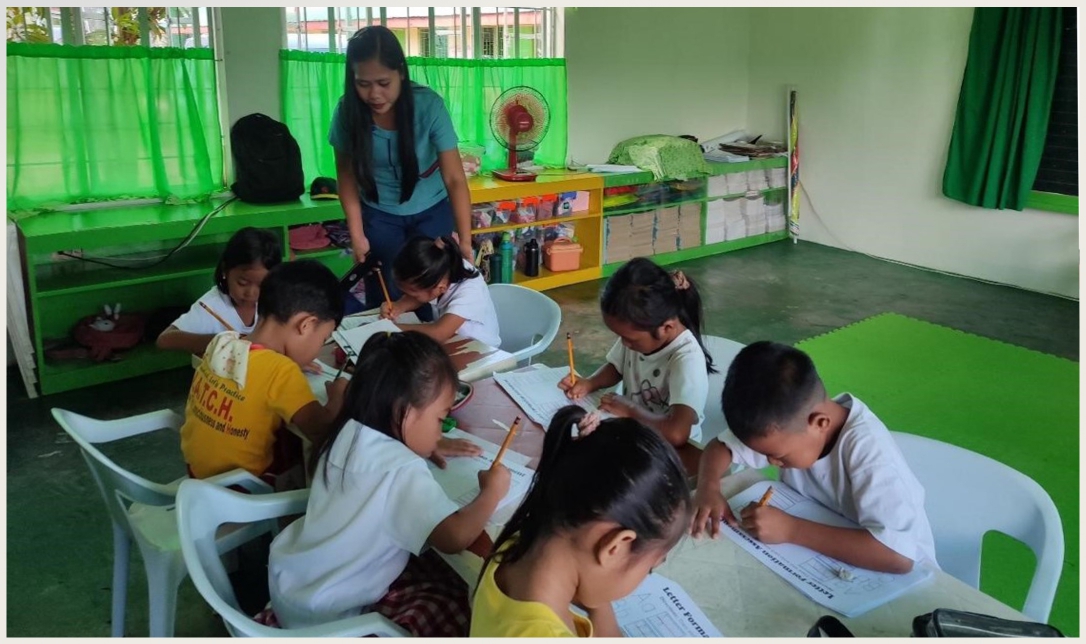The magic of multi-sensorial learning: Enhancing the letter formation among kindergarten through rainbow writing
DOI:
https://doi.org/10.59120/drj.v16i1.295Keywords:
Auditory learning, kindergarten, kinesthetic-tactile learning, multisensory learning theory, rainbow writing, visual learningAbstract
Letter formation is recognized as a crucial aspect in early literacy, prompting this study to determine the effectiveness of rainbow writing in enhancing the letter skills of kindergarten pupils. A quasi-experimental research design was utilized, with the control group receiving traditional instruction and the experimental group receiving rainbow writing as an intervention. The pre-test results indicated that the respondents in the control group got a grade of 83.13% and the experimental group with 77.08% which did not meet the expectation of a passing score. Post-test results however, revealed a minimal improvement in the student’s performance with a grade of 86.30% in the control group indicating a very satisfactory remarks and the experimental group’s performance significantly improved compared to the control group 96.88% indicating an outstanding remarks. This study has important implications for educators and early childhood education (ECE) institutions seeking to address the enhancement of letter formation among kindergarten pupils with the use of rainbow writing for it provides a rich and memorable
learning environment for young learners through tracing and writing letters using various colors, children can enhance their muscle memory and proprioception, making the process of letter formation more memorable and meaningful.
Downloads

Downloads
Published
Issue
Section
License
Copyright (c) 2025 Gloria Mae D. Lumor, Frelly Joy D. Orgada , Mary Lovely Suzzeth P. Mendez

This work is licensed under a Creative Commons Attribution-NonCommercial 4.0 International License.
DRJ is an open-access journal and the article's license is CC-BY-NC. This license allows others to distribute, remix, tweak, and build on the author's work, as long as they give credit to the original work. Authors retain the copyright and grant the journal/publisher non-exclusive publishing rights with the work simultaneously licensed under a https://creativecommons.org/licenses/by-nc/4.0/.









